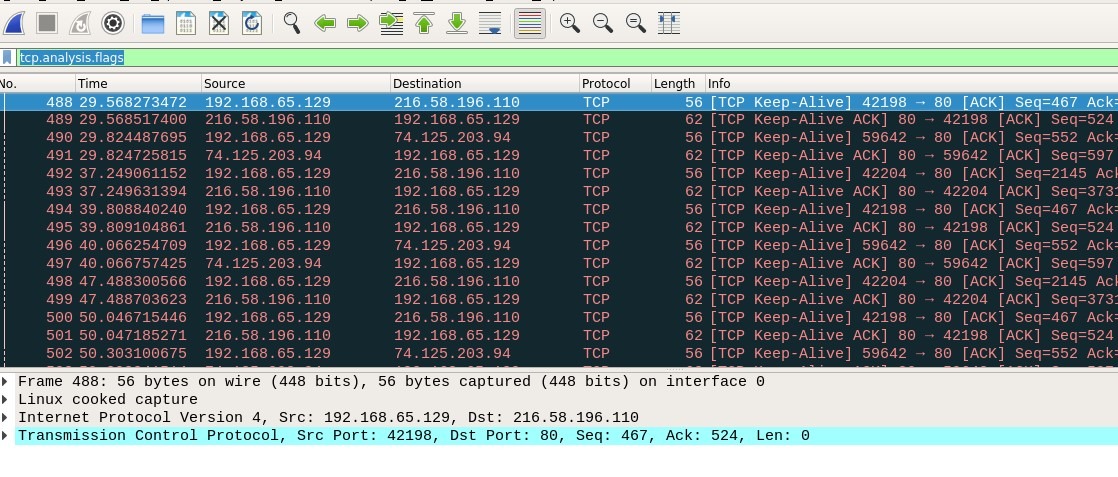

It lets you block distracting data so that you can focus on analyzing more urgent information. Use it to remove arp, dns, or icmp protocol you don’t need. The above filter is designed to exclude specific protocols. For example, when you replace “xxx” with “traffic,” you’ll see all packets containing “traffic.” It’s best to use this filter to scan a specific user ID or string. If you’re curious where the item appears within a capture, type its name instead of “xxx.” The filter will locate all instances of the term, sparing you from reading through the package. This filter will find all TCP capture packets that include the specified term. This is one of the most impressive Wireshark filters since a TCP reset terminates the connection instantly.
WIRESHARK FILTER HTTP REQUEST PC
When its value is set to one, it alerts the receiving PC that it should stop operating on that connection. Each captured packet has an associated TCP. =1Īpplying this filter will show every TCP reset. It’s one of the most convenient filters you can rely on to complete your task if you’re in a time crunch. Instead of going through an entire captured package, the filter generates data regarding traffic going into or from a single port. The above filter narrows down your search to a specific destination port or source. For example, if you need to find suspicious FTP traffic, all you need to do is set the filter for “ftp.” To learn why a web page fails to appear, set the filter to “dns.” tcp.port=xxx It’s a time-saving filter that lets you zero in on a specific protocol you want to examine. When you apply this filter, it will display every dns or http protocol. The filter ignores unnecessary data and only focuses on finding information that interests you the most.įor destination filtering, use the ip.src = xxxx & ip.dst = xxxx string. It’s invaluable for checking data between two selected networks or hosts. This string establishes a conversation filter going between two preset IP addresses. The ip.src = x.x.x.x variant helps you filter by source. If you want to filter by destination, use the ip.dst = x.x.x.x variant. Applying the filter will process outgoing traffic and determine which one aligns with the source or IP you’re searching for. It’s a handy tool for inspecting one kind of traffic. The above filter will only bring up captured packets that include the set IP address. Let’s look at several helpful filters that will allow you to master the program. We’ve compiled a list of the best Wireshark filters to help you use the program more efficiently and take the guesswork out of analyzing piles of saved data. When you struggle to type the appropriate filter, you waste valuable time.īut you’re in luck. When you want to find and apply a capture filter, use the “Enter a capture” section in the middle of the welcome screen.Īlthough Wireshark boasts comprehensive filtering capabilities, remembering the correct syntax often gets tricky. To access and use an existing filter, you must type the correct name in the “Apply a display filter” section underneath the program’s toolbar. Wireshark has an impressive library of built-in filters to help users better monitor their networks. A display filter keeps data within a trace buffer, hiding the traffic you’re disinterested in and displaying only the information you wish to view. Also, you can establish it while the operation is in progress. You can set this type of filter before initiating a capture operation and later adjust or cancel it. On the other hand, display filters contain parameters that apply to all captured packets. Once the capture operation begins, modifying this type of filter is impossible. The parameters of capture filters only record and store traffic you’re interested in analyzing. Click on Export Objects, and then SMB.Capture filters are established before initiating a capturing operation. To export SMB objects (such as transferred files):


SMB is a favorite to capture, as it is usually not encrypted and you may be able to exfiltrate files over the wire. To export FTP objects (such as transferred files): Remember to always Right-Click a packet, and Follow the TCP Stream to get more details from the raw data.įTP is pretty simple, since all traffic is sent in plaintext. To export HTTP objects (such as images or pages): If non-encrypted HTTP traffic was captured, we may be able to extract juicy details. In the Menu, click on Statistics and select Protocol Hierarchy. Understanding the Packet Captureīefore diving too deep, it’s always a good idea to get an idea of what type of traffic was captured so you know which filters to apply. This post will be updated as time goes on. However, I wanted to create this ‘short’ list that contains my favorite go-to’s after performing Man in the Middle attacks. There are literally hundreds of these type of posts on the internet, with one of my favorites being.


 0 kommentar(er)
0 kommentar(er)
